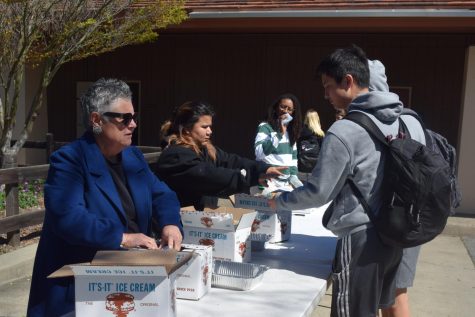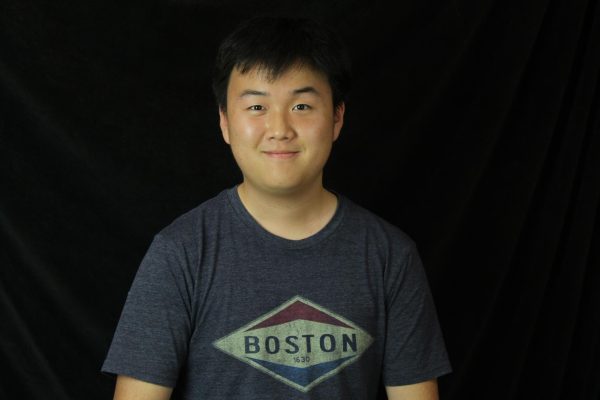CAASPP participation increases from previous years
March 29, 2023
After strong participation rates in last week’s state testing, administrators at Palo Alto High School say they are optimistic about maintaining these rates moving forward.
The California Assessment of Student Performance and Progress test took place during school on Tuesday and Wednesday last week for juniors who chose to partake. The state-mandated test, which tests English and mathematics, is administered to juniors every spring. However, Palo Alto High School has had a history of very low participation rates with many students opting out, leading to a large portion of juniors not taking the tests every year.
According to a post Assistant Principal Erik Olah made on Friday of last week, the participation rate was around 80% this year, a number significantly higher than what Paly has achieved in the past. Even last year’s recorded number of 51% was a significant improvement from previous years, despite the state-required baseline participation of 95%.

“[Last year] We [Paly] had 51% of our students take it, which was actually way up from previous years,” Olah said. “[It was] as low as 17% at some points. We were happy for the slight improvement, but we knew we had a ways to go.”
Olah said one reason many students may have opted out in previous years is because of the lack of communication with students about the importance of the test.
“I don’t think the messaging was clear on the values that it [taking the CAASPP] has, [or] the ways that students can benefit from CAASPP,” Olah said.
According to senior Sean Sun, one of the 49% who opted out of CAASPP testing last year, there was little motivation to participate.
“I didn’t want to take it [the test],” Sun said. “It [CAASPP testing] didn’t go toward college applications.”
All juniors who do not take the test receive a score of zero, which brings down the school’s overall scores. Paly consistently ranks lower than other schools due to this lack of participation. Junior Hannah Fung said the way not taking the CAASPP affects the school should be kept in mind when juniors opt out.
“It [low scores] makes Paly look bad, and we want to look like a diligent and smart school,” Fung said.
Juniors who do choose to take the CAASPP tests can receive various academic scholar awards including the State Seal of Biliteracy, which is awarded to students who show sufficient proficiency in English and one additional language. To qualify for the award, students must pass the English portion of the CAASPP and achieve the “standards met” level.
Paly implemented multiple new strategies to encourage students to participate in CAASPP testing this year. Administrators Olah and Principal Brent Kline visited junior history classes beforehand to give presentations about the testing and its benefits. Additionally, juniors who participated were given a coupon at the end of testing they could use to exchange for an ice cream sandwich during lunch last Friday outside of the auto shop.
“This year was the first year in a while, if ever, where talking about it [the testing] did it justice,” Kline said. “We’re going to continue doing it [in future years].”



